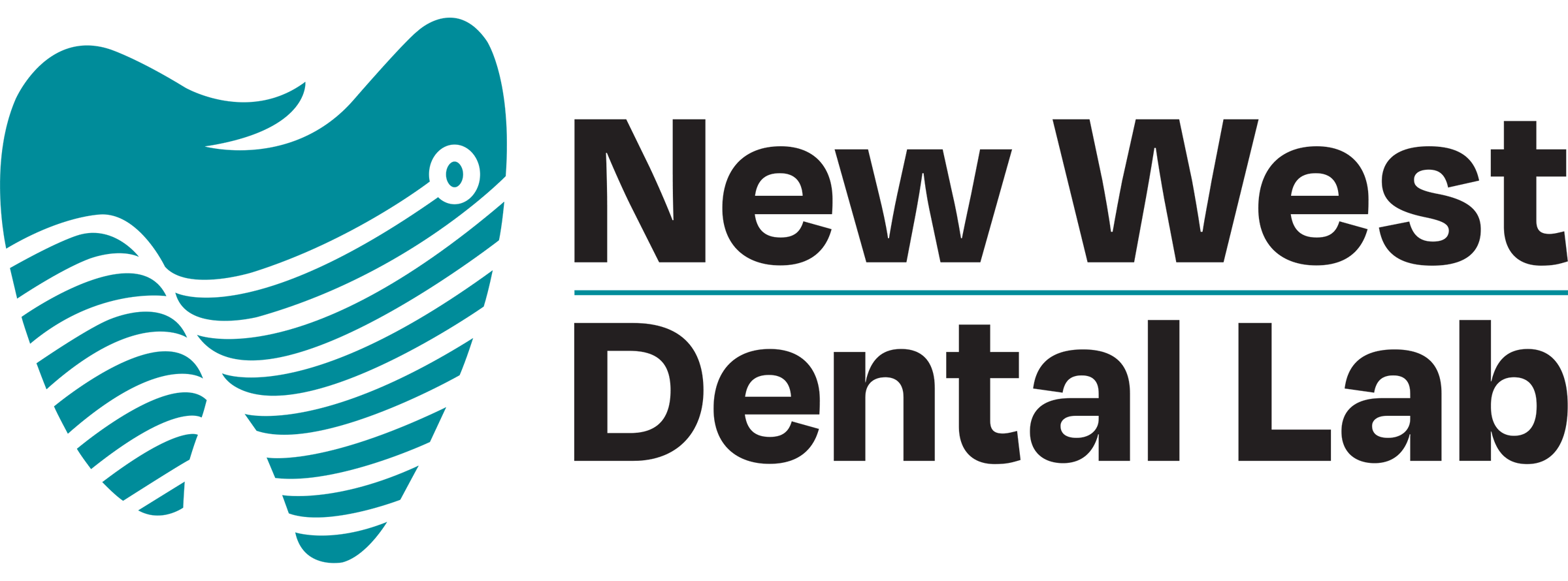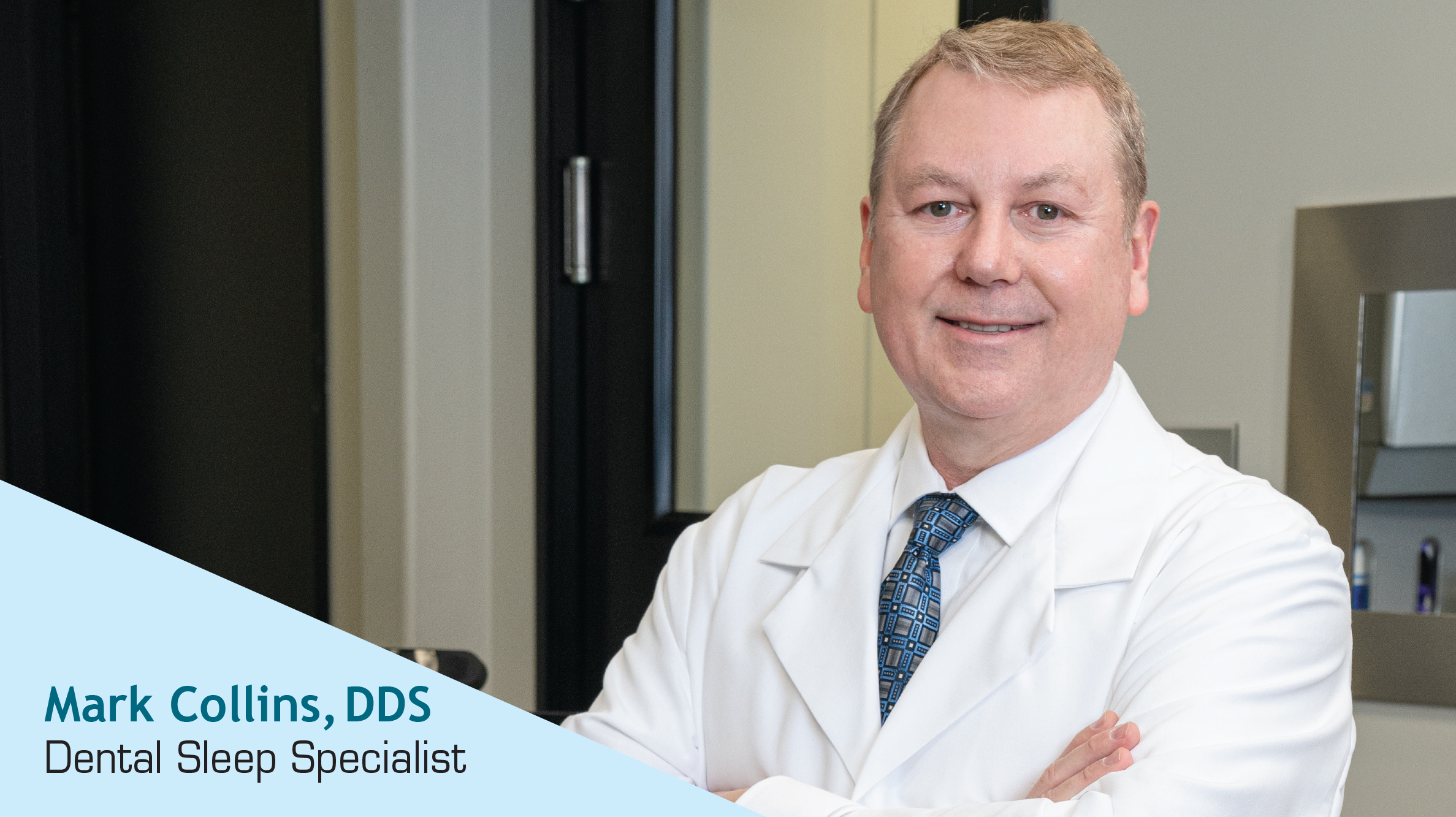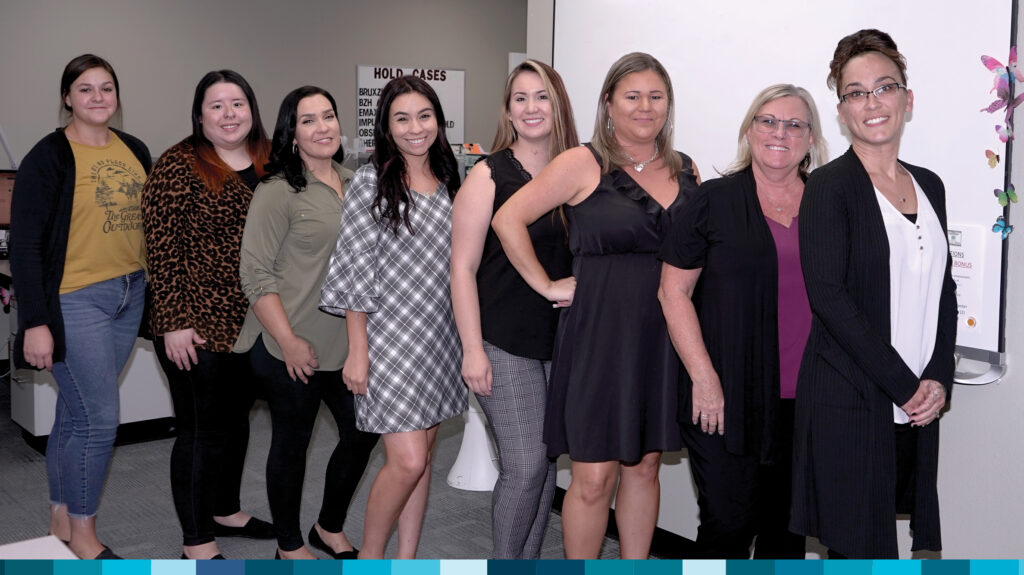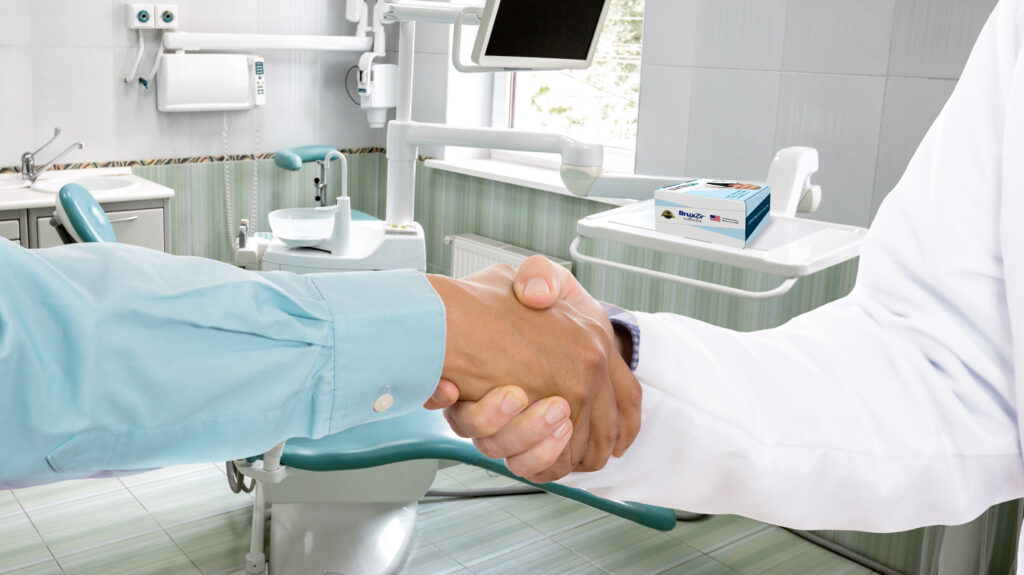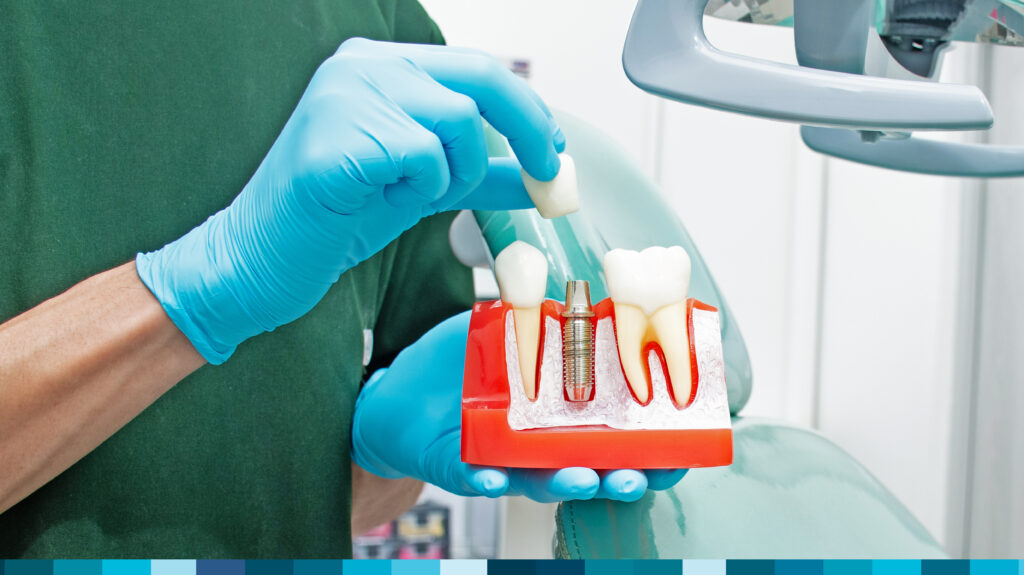I practice in Fort Mohave, Arizona, a town with just over 15,000 people. It is mostly a retirement area with affordable housing and patients who rarely have dental insurance. While some DSOs have moved into the area, the city mostly has small private dental practices. Building a practice in a small town like this can be a challenge, but there’s one secret I learned that can make you stand out as a dental provider: offer dental sleep therapy.
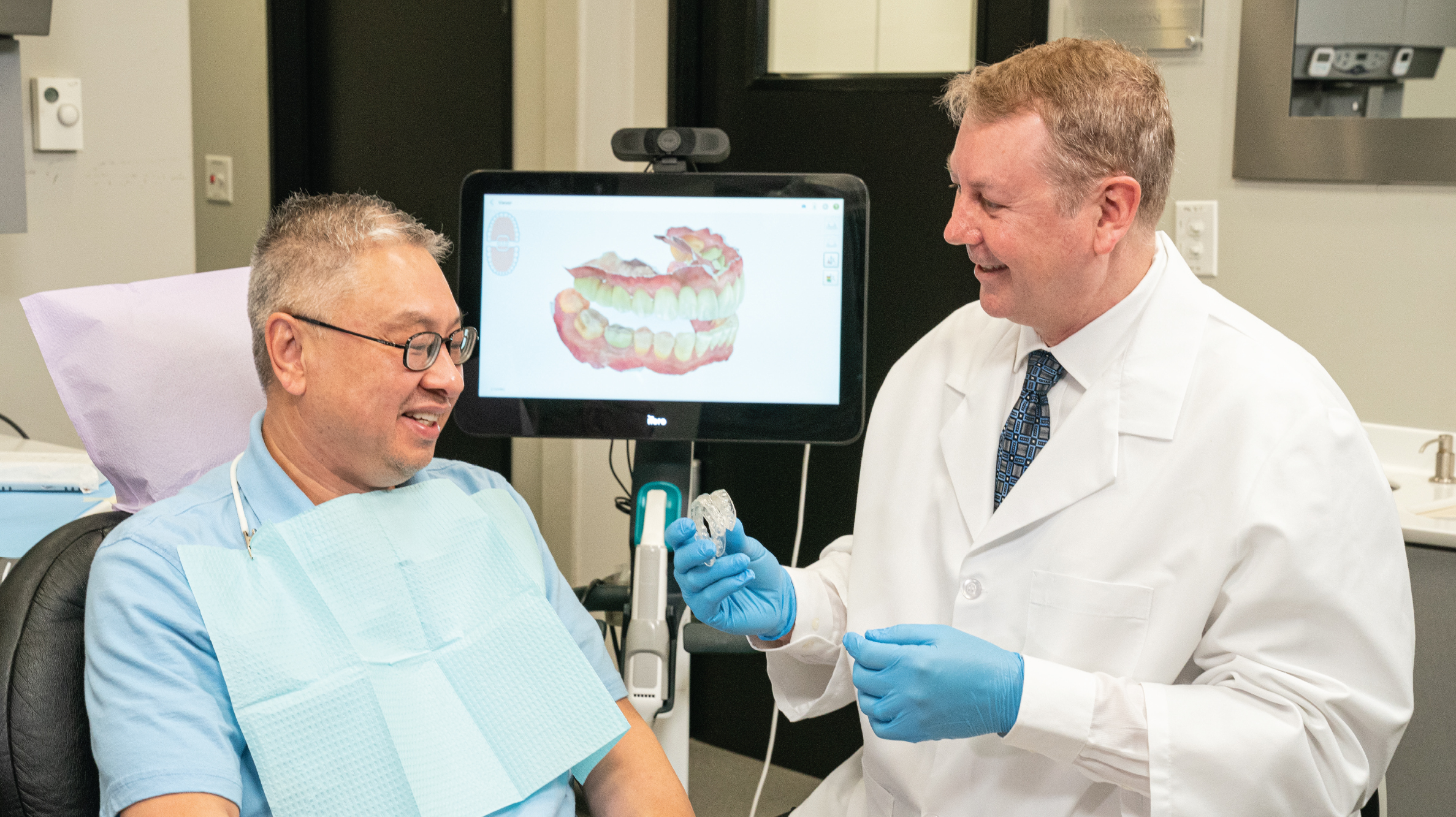
Currently, I am the only dental sleep provider in my town and the broader Bullhead City area. I have patients who come to me for dental sleep medicine all the way from Flagstaff, Phoenix and even Los Angeles. Becoming a unique specialist in your field will build your practice as well as allow you to help more people in your community.
Here are three ways you can build a practice in a small town by offering dental sleep therapy:
1. Educate yourself and your team about dental sleep appliances.
When I first started helping patients with snoring and sleep apnea, I wasn’t sure it was going to work. It’s easy as a dentist to fall into that trap of uncertainty. We often have many clinical voices in our ears — some not always informing us correctly. We can be swayed by the concern over medical insurance and its complications. We can even be bombarded with sleep equipment that we don’t necessarily need.
This is what I faced when I became my first snoring and sleep apnea patient. I tried everything, including appliances I made for myself that were uncomfortable and ill-fitting, causing me to go from a Class I to a Class III malocclusion. I then ran into a dental mentor of mine who encouraged me to do some more digging. That’s when I really dived deep into the world of sleep.
I found that the dreamTAP™ and AM Aligner were great places to start on my sleep journey. In order to learn more about the different titration levels and vertical dimension, I took several courses and looked into the science of sleep therapy.
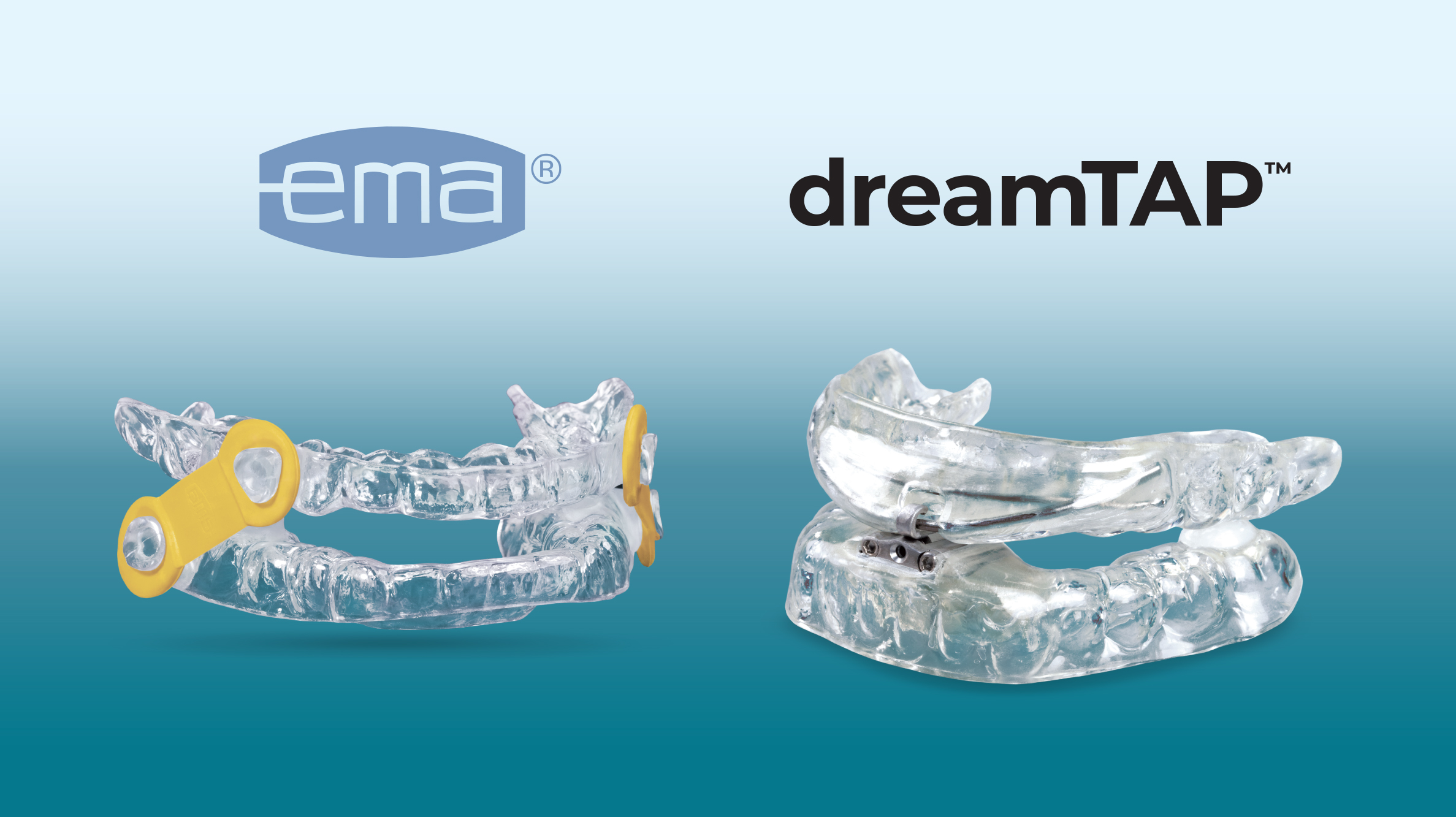
During our first year of sleep therapy in our practice, we made almost $600,000. The interesting thing we noted, however, was that most of that revenue came from general dentistry: Patients who came to us for sleep therapy also needed crowns, fillings and implants. This was when we realized how profitable adding sleep dentistry could be.
2. Utilize the reliable resources available to you.
Today, my wife and I practice together in our eight-chair operatory. Our practice is the premier dental sleep hub in the area. I love being able to teach courses on sleep therapy and serve as a reliable resource for dentists interested in adding sleep to their practice.
Every sleep practice will be different, but I was surprised to find that the sleep therapy process could be mostly handled by my dental assistants. With the proper training, my staff, assistants and hygienists were capable of positively influencing a patient’s sleep treatment. This also helped the staff feel more capable of being a more integral part of patients’ dental journeys.
Dentists appreciate honesty, especially when it comes to learning about a new dental appliance. No one is looking for product-pushing that may result in them buying expensive equipment they don’t even need — they’re looking for honest help. That’s where trusted sources of dental information, like New West’s Dental Compass Blog, come in handy. Dentists can focus more on increasing their knowledge on a subject like sleep apnea or even headache and migraine therapy by turning to these reliable outlets. When dentists seek out these reliable resources, they’re more prepared to become specialists in their small towns.
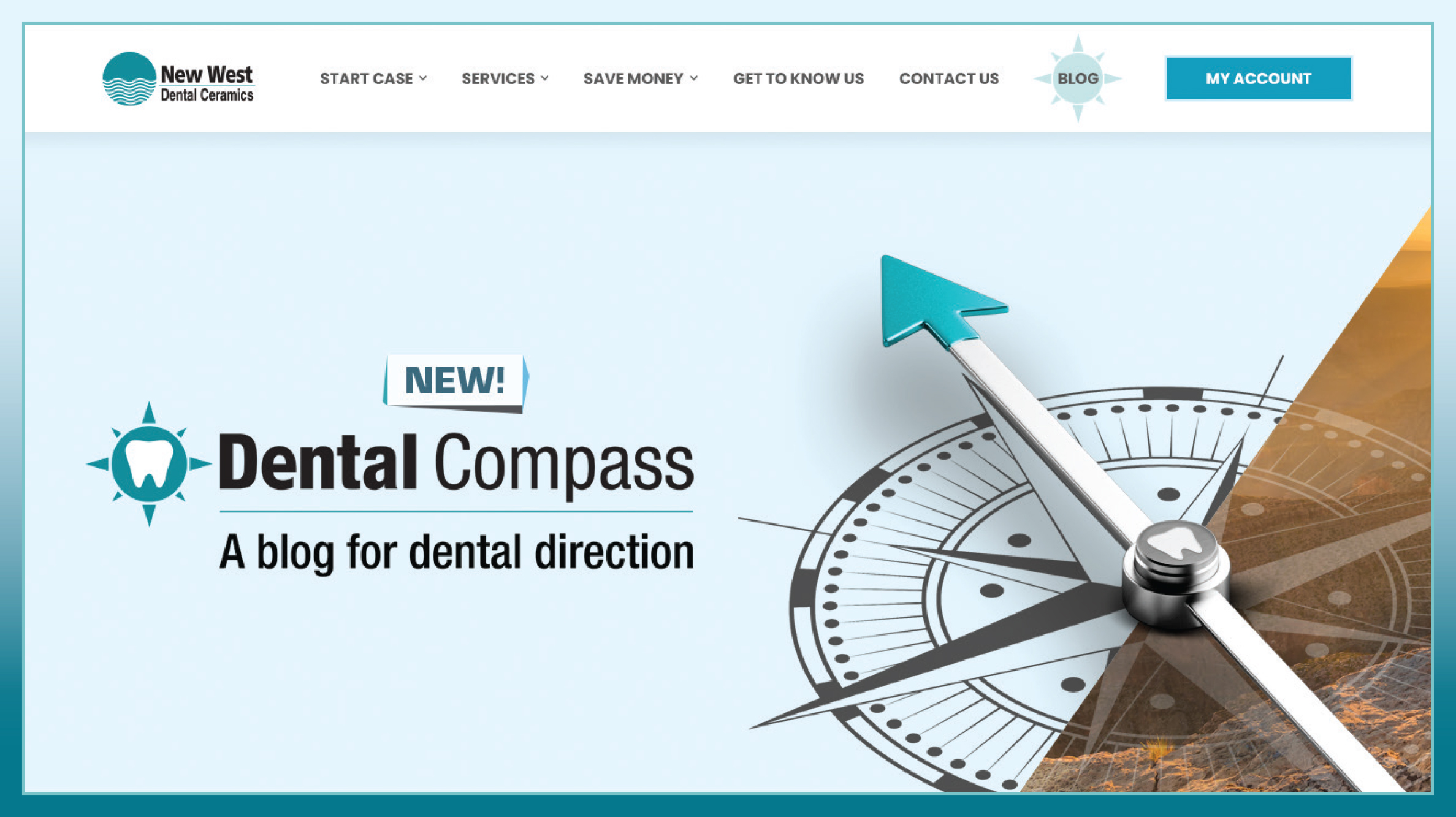
Patients appreciate honesty, too. There’s a difference between telling a patient, “You may need a sleep device” and “Here’s why you may need a sleep device.” When we tell patients why their teeth are cracking and why they are tired, it helps them to better understand why they need the appliance we propose. We also need to make sure that we mention upfront all of the alternative resources available to them — including surgery, continuous positive airway pressure (CPAP) appliances, or even the Smart Nora device — so they can feel they have the final say in their treatment plan. The open, honest conversations we have with them ultimately lead to increased trust.
3. Price your sleep appliances accordingly.
Where your practice is located greatly affects how you price your sleep appliances. In my experience, most patients without insurance in my small town were willing to pay a maximum out-of-pocket of $600 for a mandibular advancement device. Although dentists are often also practice owners with a personal interest in making sure their practice grows financially, the main goal should always be to provide patients with the treatment they need to live better lives.
I always say, “Keeping it low is the way to go.” When billing Medicare and medical insurance became more and more difficult, I switched to a cash-billing system. This allowed me to simplify my billing experience, and offer my sleep patients an affordable alternative that sped up their treatment schedule. I always encourage dentists to do their research before setting a price on sleep therapy treatment.

Conclusion
The important thing to remember about adding dental sleep therapy to a small-town dental practice (or any size practice) is that it benefits both the patients and the dentist. As long as you educate yourself and your team, utilize all of the reliable resources available, and accurately set your patient costs, you will grow your practice by becoming a dental sleep specialist in your area.
dreamTAP is a trademark of Airway Management Inc. AM Aligner is a product of Airway Management Inc. EMA is a registered trademark of Frantz Design Inc.
